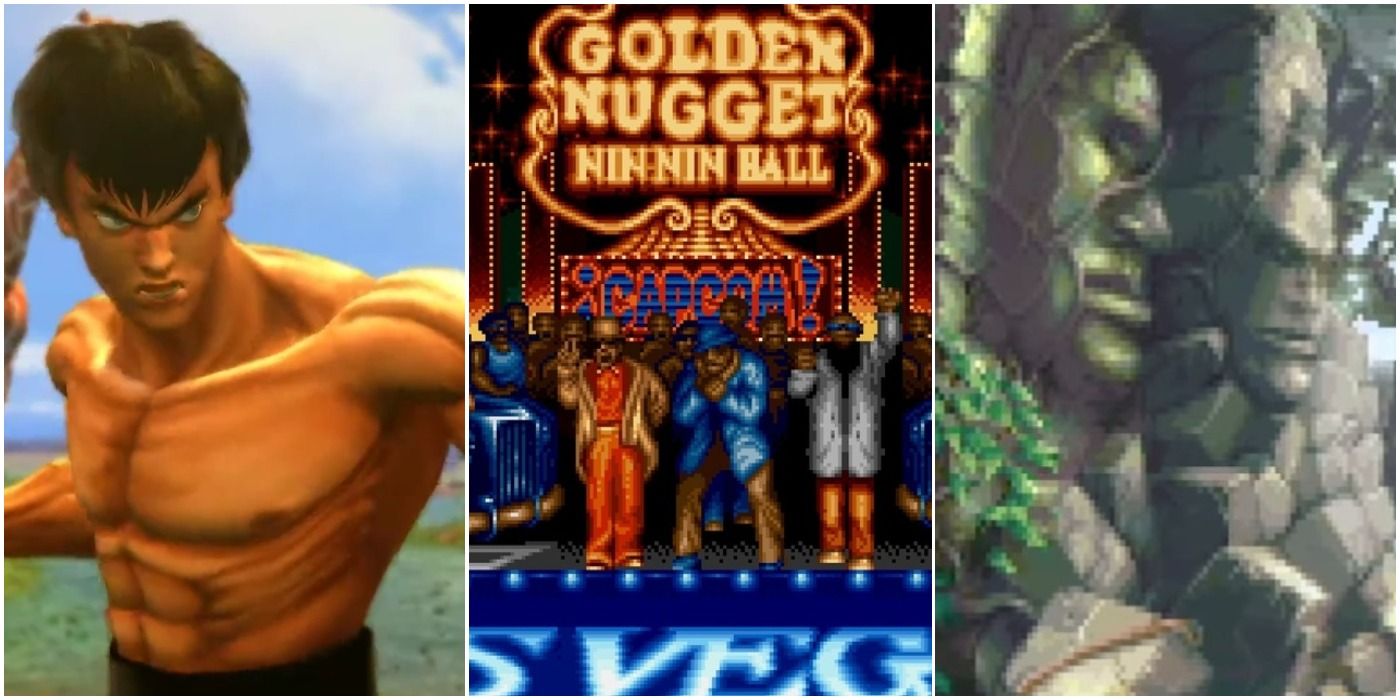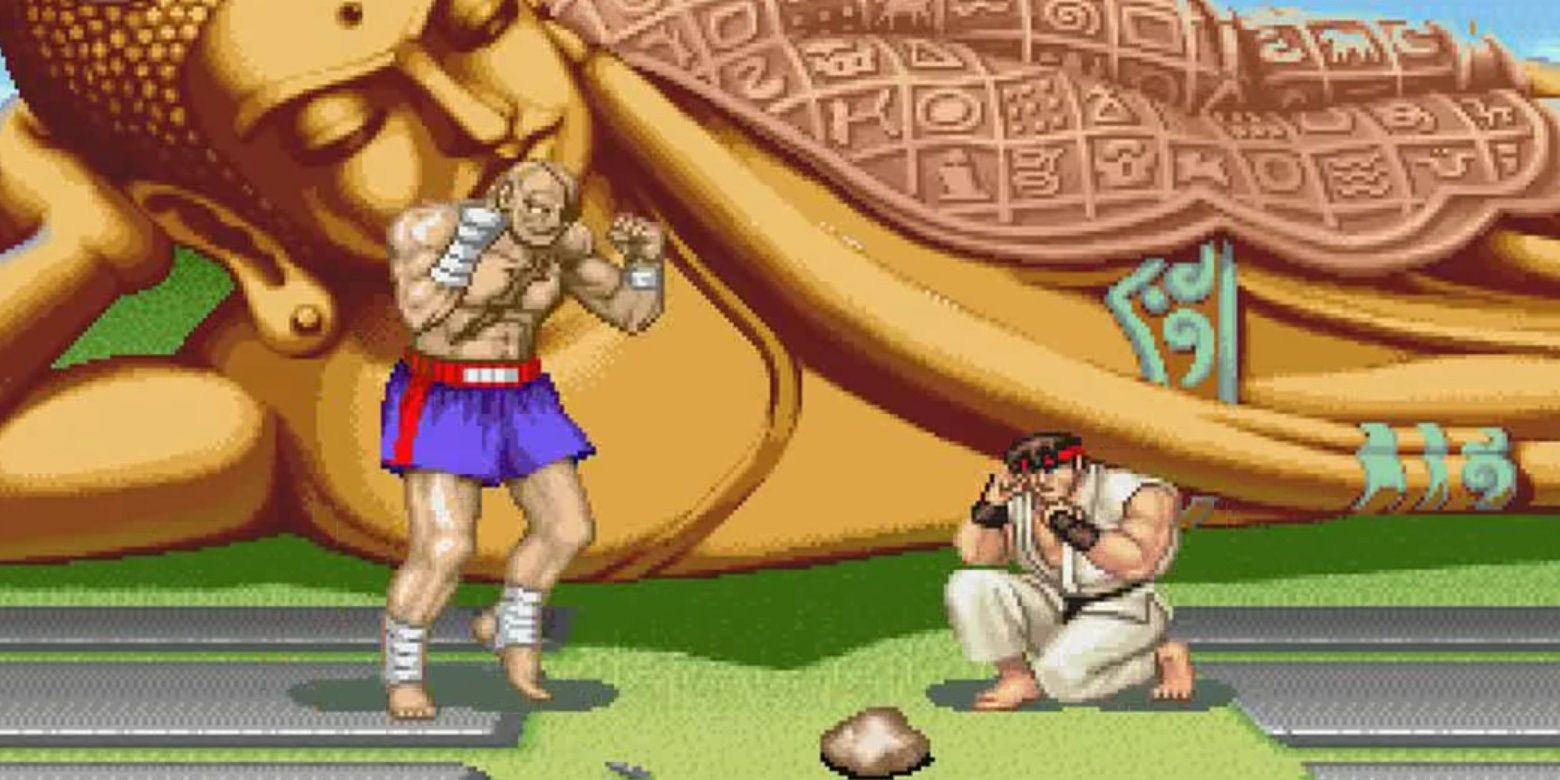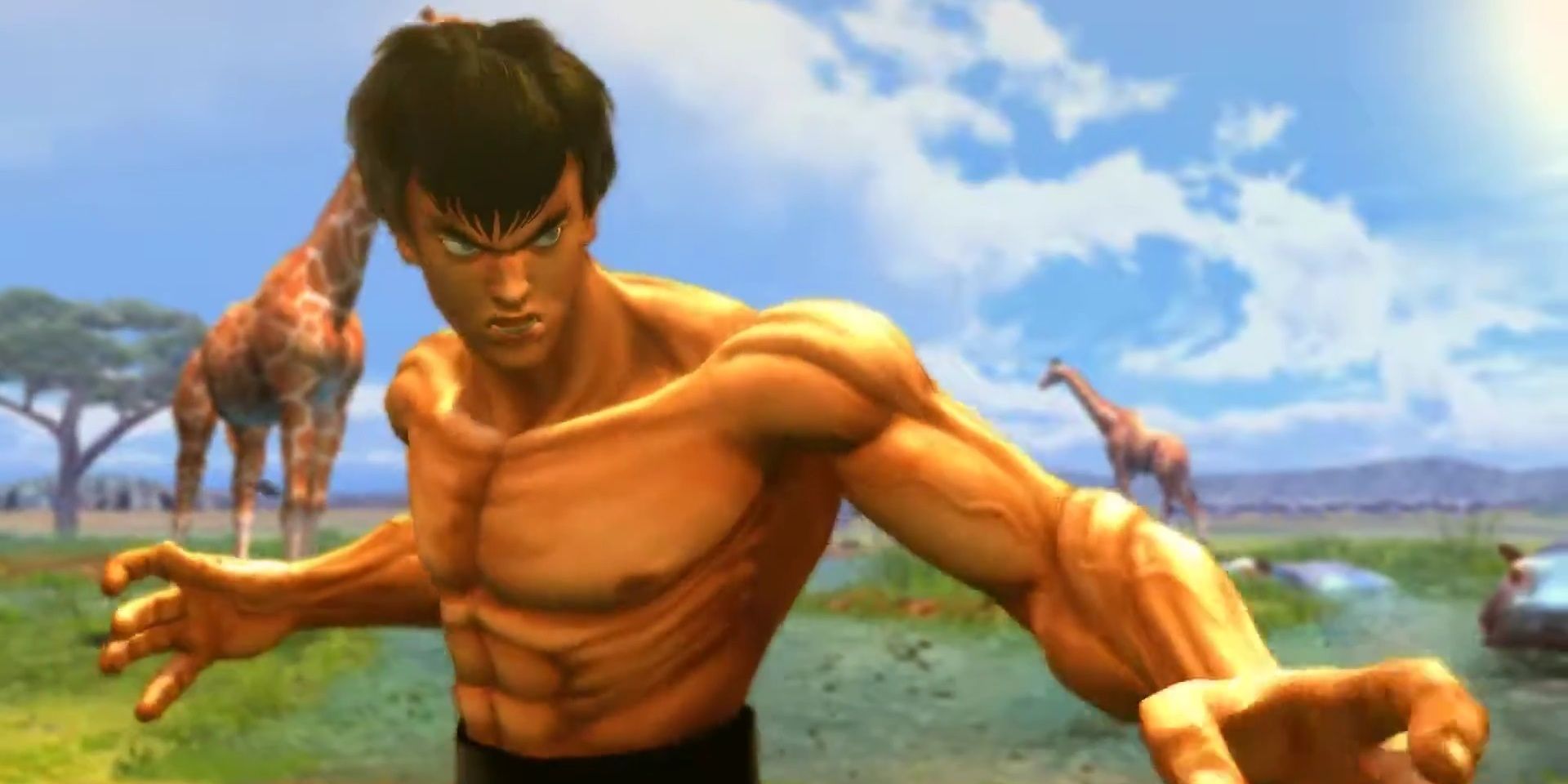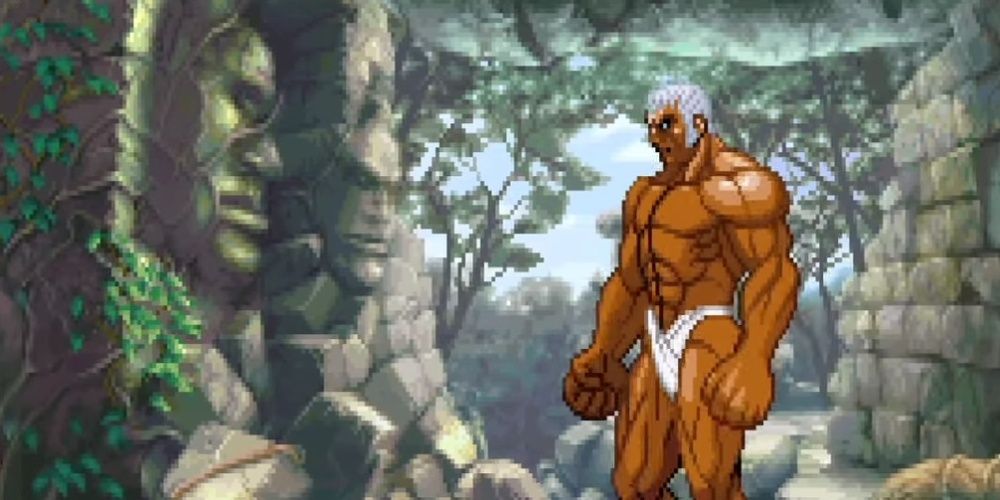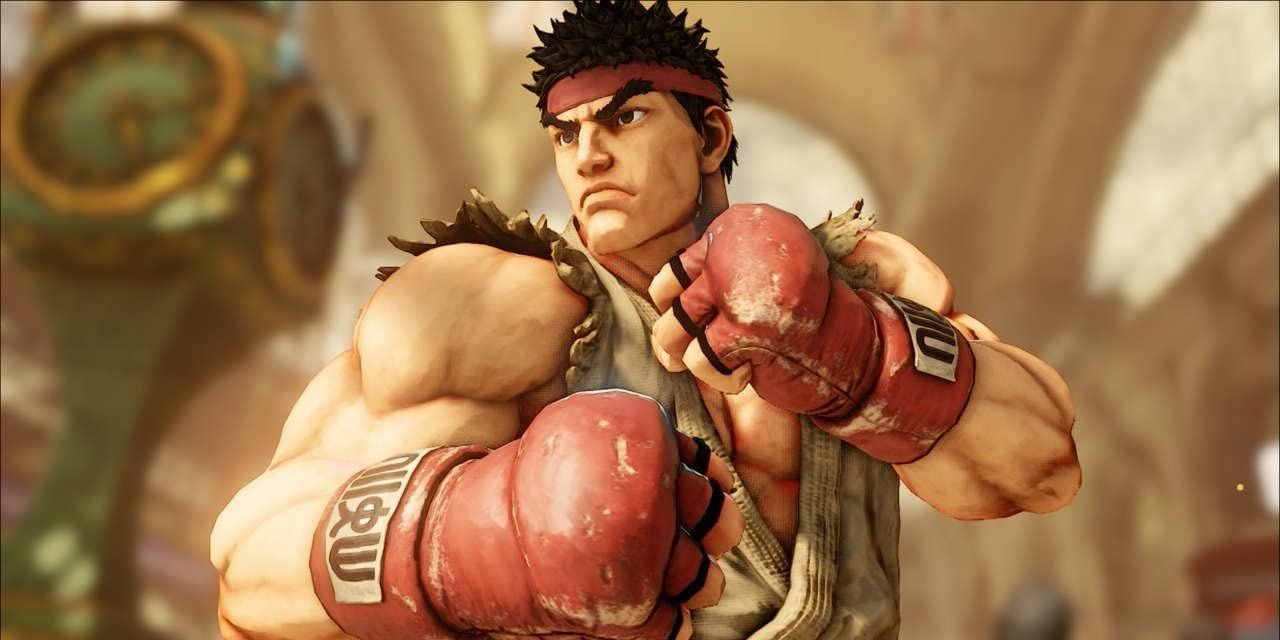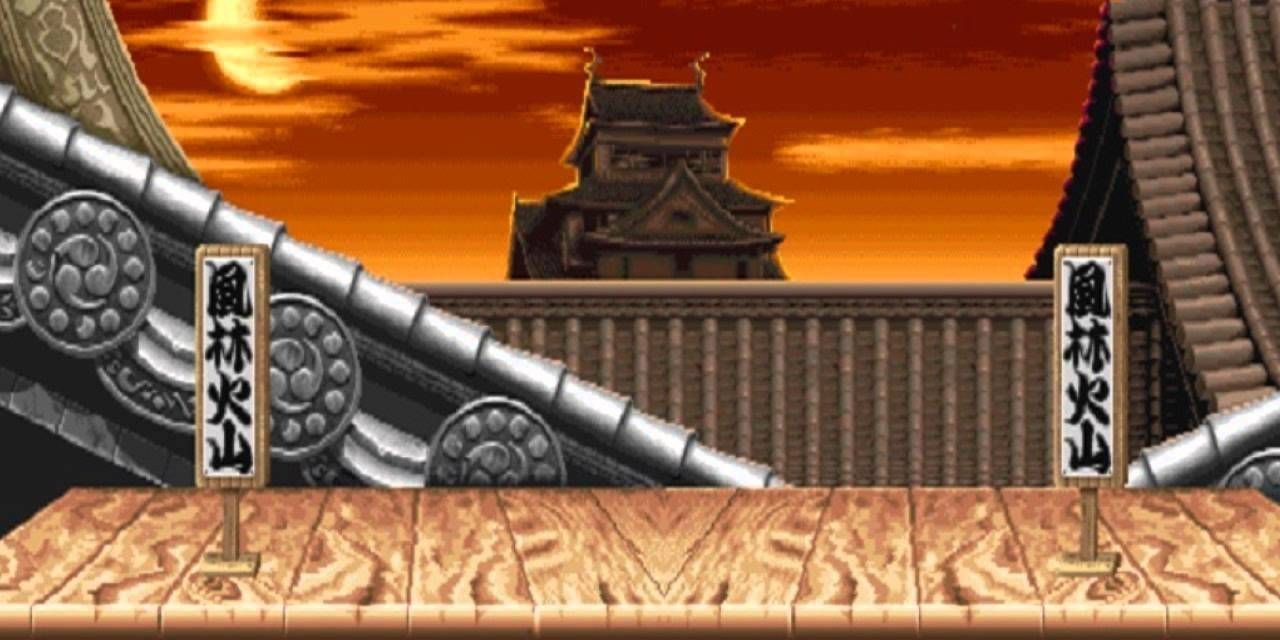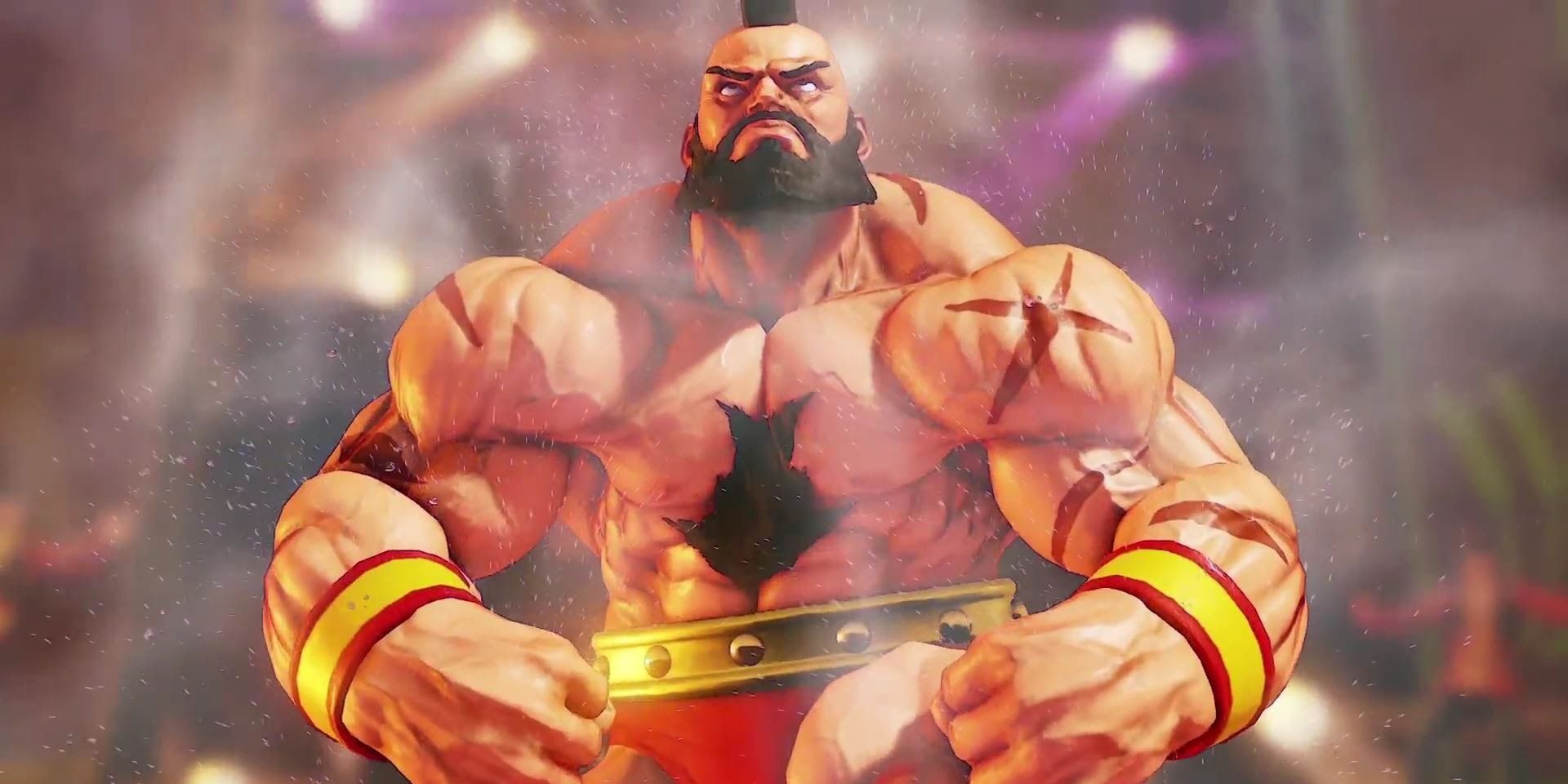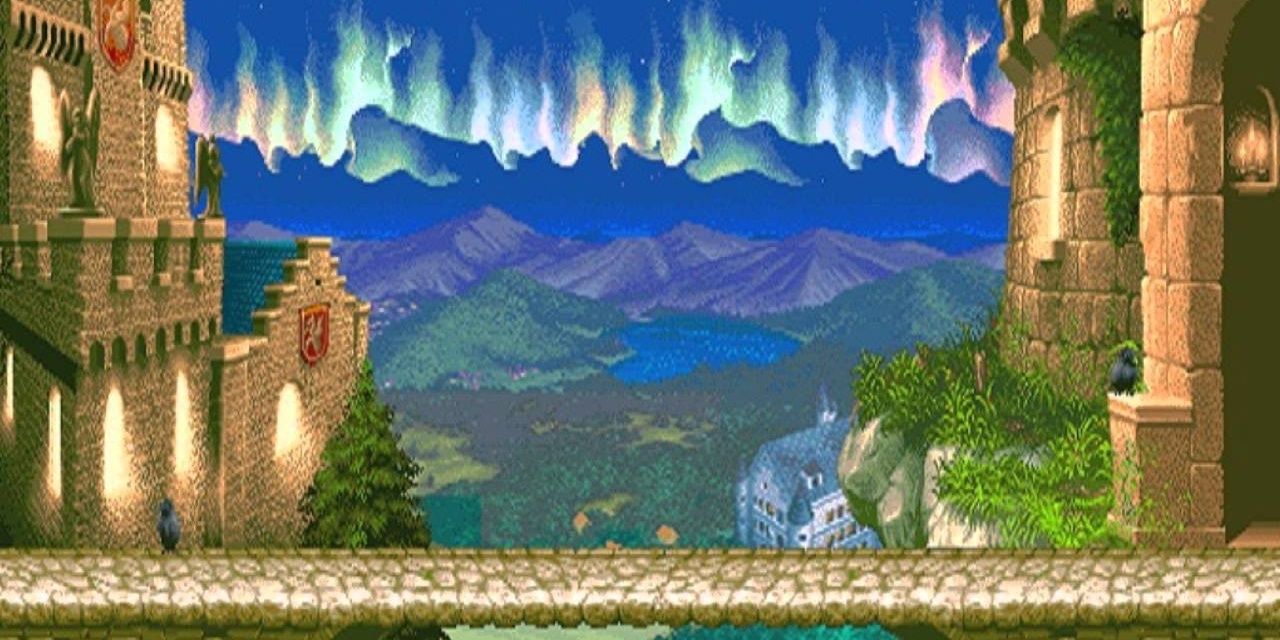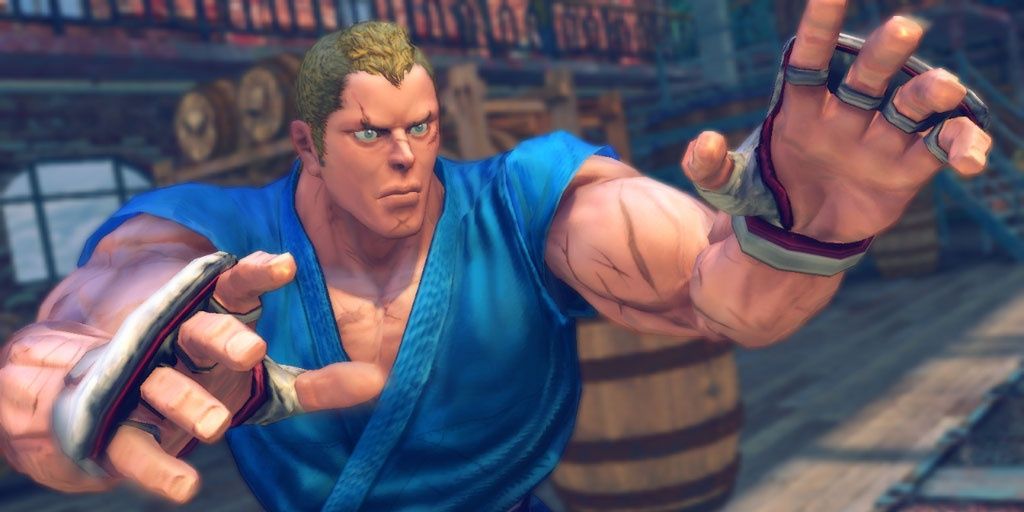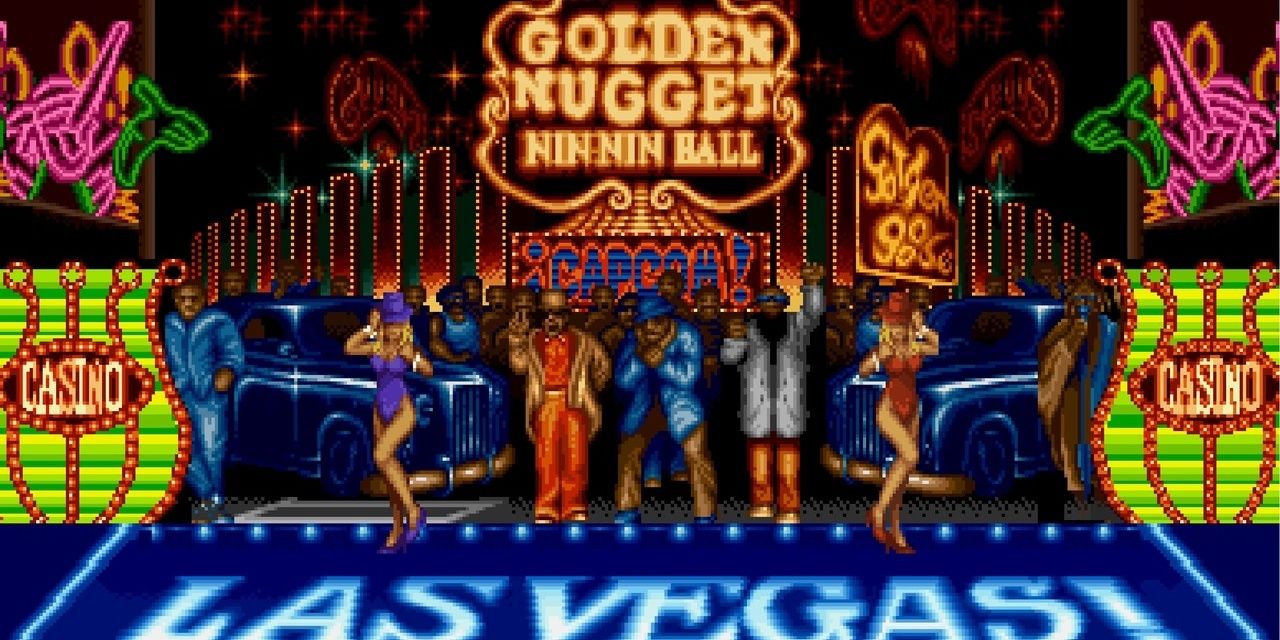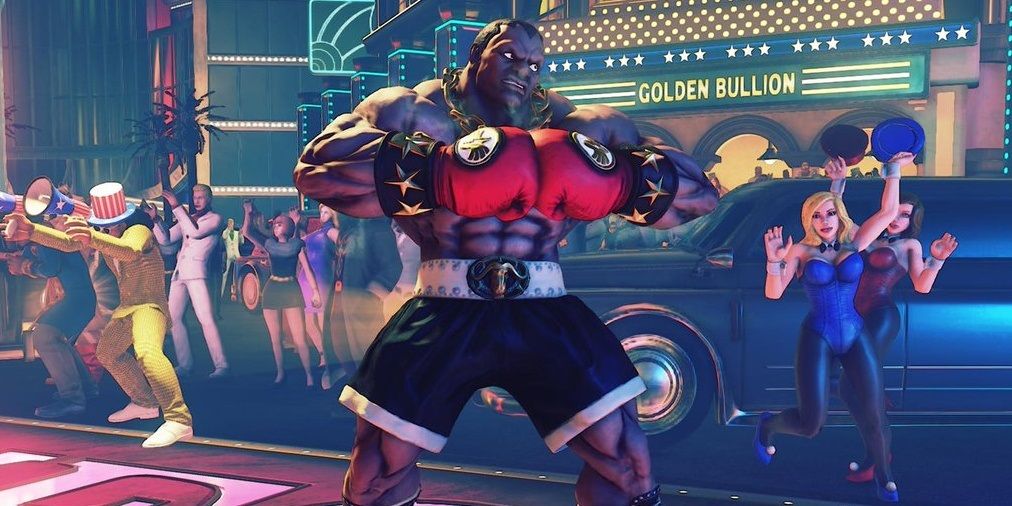Some people say that creativity is purely the art of knowing how to hide your sources. Whether this is true or not, there's no denying that Capcom’s world famous fighting franchise, Street Fighter, has actually borrowed quite a lot from real life.
While many stages in the series are just references to and/or inspired by real locations, others are almost a pixel-by-pixel reconstruction of them. Besides that, although most characters in Street Fighter are intentionally exaggerated and larger than life, many of these trademark unusual fighters that you see in the game, their unique fighting styles and even their motivations, were all inspired by actual people.
10 Sagat’s Stage Is Based On Wat Lokayasutharam
The Temple of the Reclining Buddha (Bangkok's Wat Phra Chetuphon Wimon Mangkhalaram Rajwaramahawihan) does not boast the only colossal statue that resembles the one on Sagat’s stage. There are statues in Japan that look a lot more like the one you see in the background when facing the King of Muay Thai.
Even though it doesn't look exactly like the one in the temple, it is a statue of a vast Buddha lying down on an island in Thailand. That is the very description of The King’s Court.
9 Fei Long Is Heavily Inspired By Bruce Lee
Capcom followed a trend that was present in most fighting games of the early Street Fighter era. Fei Long is more than just based on Bruce Lee, he is all but supposed to be Bruce Lee in the universe of Street Fighter. They are both iconic movie stars who have mastered the art of Jeet Kune Do.
Fei Long’s attire and fighting style are based on Bruce Lee’s scenes in Enter the Dragon. The one major difference between the two is that Bruce Lee, unlike Fei Long, moved to The United States when he was a young adult.
8 Urien’s Stage: The Olmec Ruins
The stage associated with the President of the Illuminati in Street Fighter III: Third Strike features stone walls with carved, intimidating faces on them. The area is Street Fighter’s representation of the Olmec ruins of La Venta (Tabasco), Mexico.
The real-world location features colossal stone heads and even pyramids that reveal how advanced the civilization was. It is unclear why Urien’s stage is in Mexico, or even why it was in Egypt in the previous game. Some fans theorize that Urien draws power from ancient civilizations, but this was never clearly explained.
7 Ryu's Story Reflects That Of Another Mysterious Karate Master
Ryu, perhaps the most popular character in fighting game history, is a Japanese karate expert clad in a dirty white gi. He travels the world looking for an answer that lies in the Heart of Battle (encountering and testing himself against close friend and long-time rival Ken Masters many times along the way). In many ways, he is a Street Fighter combatant who is heavily based on Sosai Masutatsu Oyama, the creator of Kyokushin Karate.
Originally called Choi Yeong-eui, he was a Korean Martial Artist. He began by learning Chinese martial arts. He mastered different forms of Karate such as Shotokan and Gojuryu as well. It is said that Oyama spent years training in a forest in isolation, and that once he returned, he traveled across Japan to defeat other fighters in order to prove that Kyokushin was the superior style of karate.
6 Ryu’s Stage Is Based On The Matsue Castle
The Matsue Castle, also called The Black Castle, is a Japanese castle located in Shimane. This is one of the few Medieval castles in Japan that still retains its original wooden structure. Many others typically boast concrete reconstructions today.
Although it's impossible to say that Ryu’s stage is the Matsue Castle itself, the design is obviously inspired by it. The structure in the back of Ryu’s Stage doesn’t have the same name as its real-life counterpart. In the game, Ryu uses the abandoned dojo of the Suzaku Castle to practice Martial Arts.
5 Zangief's Story Is Reminiscent Of Victor Zangiev's
Victor Zangiev is a renowned freestyle wrestler. He started his career as an amateur wrestler who quickly grew in popularity by defeating more experienced wrestlers. Similarly to the story of his Street Fighter counterpart, Zangiev was chosen to represent his country at the Pat O’Connor International Tag Team Tournament.
At first, Street Fighter’s Zangief was designed to be a proud patriot who fought for his country. He was supposed to represent the best and strongest his country had to offer in the World Warrior Tournament. If you finish Street Fighter II as Zangief, he is congratulated by the president of his nation for seemingly proving his country's power.
4 Cammy’s Stage Is Essentially A Relocated Castle Lichtenstein
Also known as The Fairytale Castle because of its fantastical architecture and location over a cliff, castle Lichtenstein in the south of Germany was an obvious source of inspiration for those who were making Cammy's English Manor stage.
The stone bridge and the manor over a cliff on Cammy’s stage are clear references to the real castle. English Manor has a lot of unique aspects, though. The lighting effects in the background add a nice touch to the night sky. Also, the backdrop gives players an idea of just how high the cliff is.
3 Abel's Style Is Seemingly Based On That Of Fedor Emalienko
Abel is the mixed martial arts fighter of Street Fighter IV. In the series, he's a French fighter who lost his memories and was also a failed experiment as a body replacement for M. Bison.
His main outfit is a blue kurtka with the French flag on it, a near-exact replica of Fedor Emalienko's kurtka. The main difference being that Russian heavyweight fighting star Emalienko's boasts a Russian flag, of course. The real-world warrior's fighting style is just too similar to Abel's to be coincidental.
2 The Golden Nugget Is Real
Street Fighter's Boxer used to fight in front of what appears to be a casino called Golden Nugget. Interestingly, the Golden Nugget is a vast luxury hotel and casino in real-world downtown Las Vegas, Nevada.
This stage is more than just a in-game take of the real hotel and casino. It's essentially a pixel-perfect recreation of it (as far as possible, of course). Oddly, the name of the in-game hotel was changed to Golden Bullion in Street Fighter V.
1 Street Fighter's Boxer Is Mike Tyson
Street Fighter's casino-loving heavyweight boxing champion is basically Mike Tyson. In the West, the character is known as Balrog, largely to avoid any potential lawsuit. For that reason, the name of the bosses in Street Fighter II was swapped and Mike, the boxer in the first Street Fighter game, became merely somebody who looks like Balrog (as shown in Balrog's silly ending sequence in Street Fighter V Arcade Edition).
The boxer, originally named Mike Bison, had his name changed to Balrog in the West. After 30 years, Mike Tyson learned that Street Fighter featured a character based on him. He recognized himself immediately when shown an image of the Street Fighter II incarnation of the boxer (as seen in this clip from ESPN's eSports coverage) and said he was honored.

